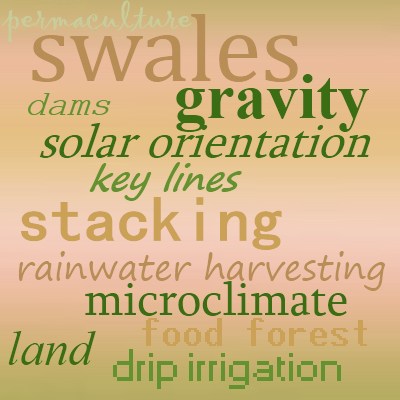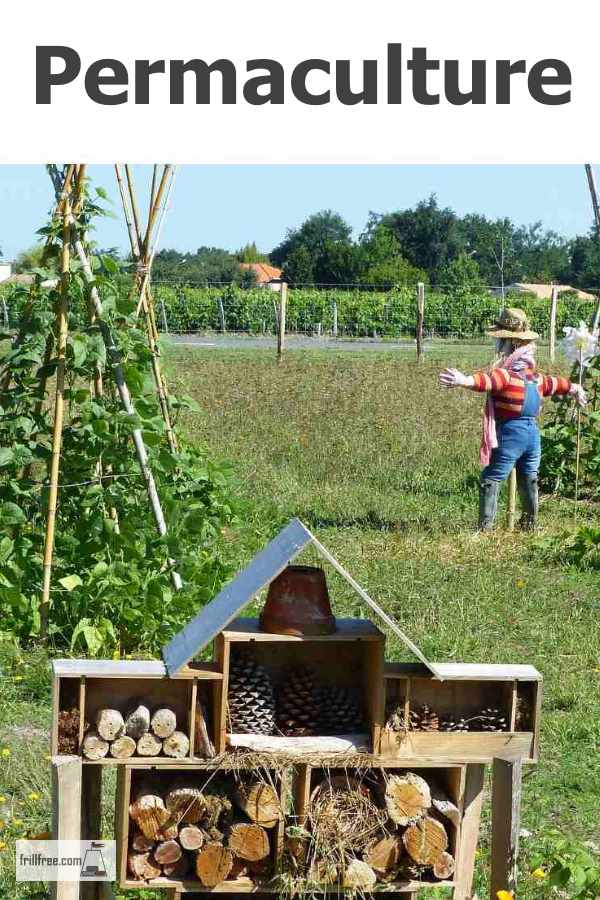- Homesteading
- Methods of Organic Farming
- Permaculture
Permaculture
Permanent Cultivation, Symbiotic Synergy
I am a participant in the Amazon Services LLC Associates Program, an affiliate advertising program designed to provide a means for me to earn fees by linking to Amazon.com and affiliated sites. Other links on this site may lead to other affiliates that I'm associated with.
Permaculture design was initially developed in Australia by Bill Mollison, who wanted to encourage food growing at home instead of relying on an increasingly industrialized farming system.
Then the idea took off and now it's all over the globe. People of all walks of life are being inspired to help change the climate for the better with less damage to the environment.
Once the design is in place, low maintenance is the key.
Choice of land to use with the system is an important decision, based on water sources, topography and natural micro climates, as well as solar orientation, in other words, a south facing slope with some springs or a way to capture snow melt or rain water run off. Oh, yes, and sheltered from the wind.
These strategies are not restricted to rural living - they are also being used in urban settings to help provide sustainable communities in cities.
The basic idea is to form colonies of plants that support each other, sheltering smaller ones under larger ones, all producing some type of nutritious berries or fruit.
A principle feature of permaculture is to create a food forest, with a harmonious grouping of different food producing trees and shrubs, all supporting their neighbors.
This system ideally is gravity fed from a dammed stream on the hillside above, or with rainwater harvested off roofs and fed through drip irrigation systems.
Dams, swales and berms to capture and direct water are an essential aspect of the design, determining key lines and using gravity instead of electric water pumps to do the work.
Anything heavy is moved downhill by gravity, using animal power or people power to do only that which can’t be done with natural forms of energy, using combustion engines only as a last resort.

As in other sustainable gardening systems, composting, green manure cover crops and mulching are key components of the system.
Successful Permaculture also depends on sheet composting and lasagna gardening to make new weed free beds.
Mulch beds are grown to make use of greywater, and the animals raised are fed the mulch, or it’s used on raised beds to conserve water.
Chickens, rabbits and fish play an important role in the intertwining ecology – chickens are kept in chicken tractors and can be moved around as they eat the grass down.
Rabbits are caged above a fish pond with tilapia fish, feeding the fish with their droppings, and the water is then used as a high nutrient fertilizer on plants.
Each plant and animal is a crucial part of the design; a perfectly balanced eco system.
These two books are invaluable as a resource;
Seeing the systems in person is the best way to learn, either when
visiting an active Permaculture garden, or taking a seminar or course.
Second best is reading about it, and seeing pictures.
Here are two books that might help get your gardening juices flowing; Sepp Holzer's Permaculture: A Practical Guide to Small-Scale, Integrative Farming and Gardening and Gaia's Garden: A Guide to Home-Scale Permaculture, 2nd Edition. Add them to your library from Amazon.
Need more inspiration? Find more books about Organic Gardening and Permaculture here.















